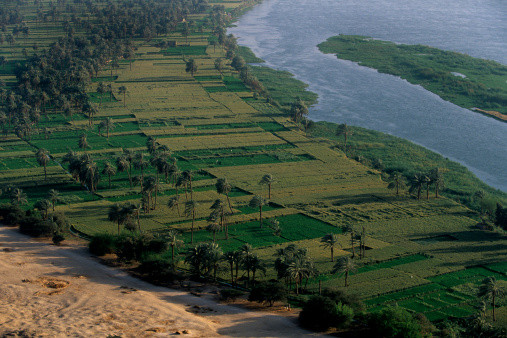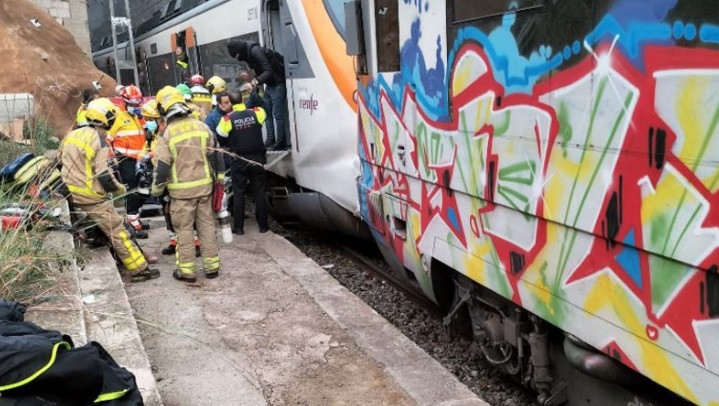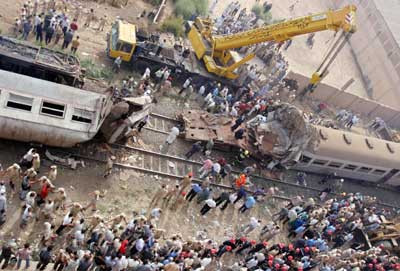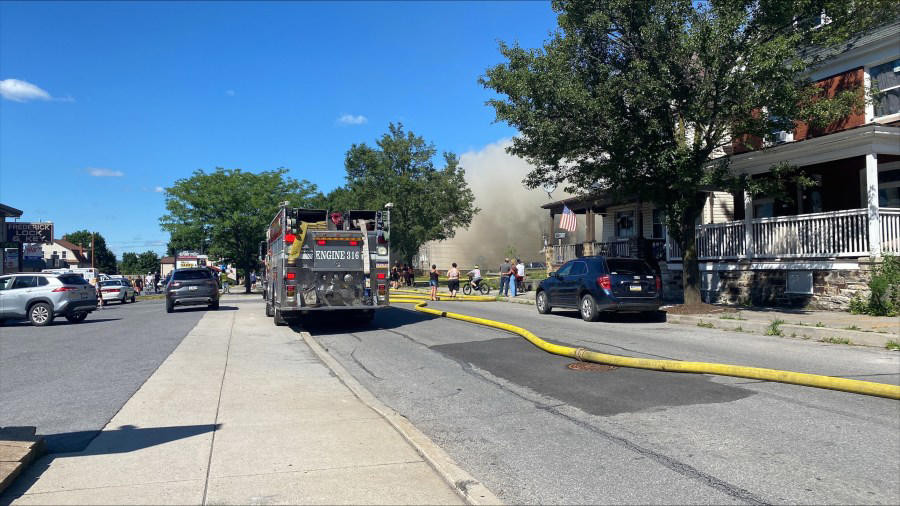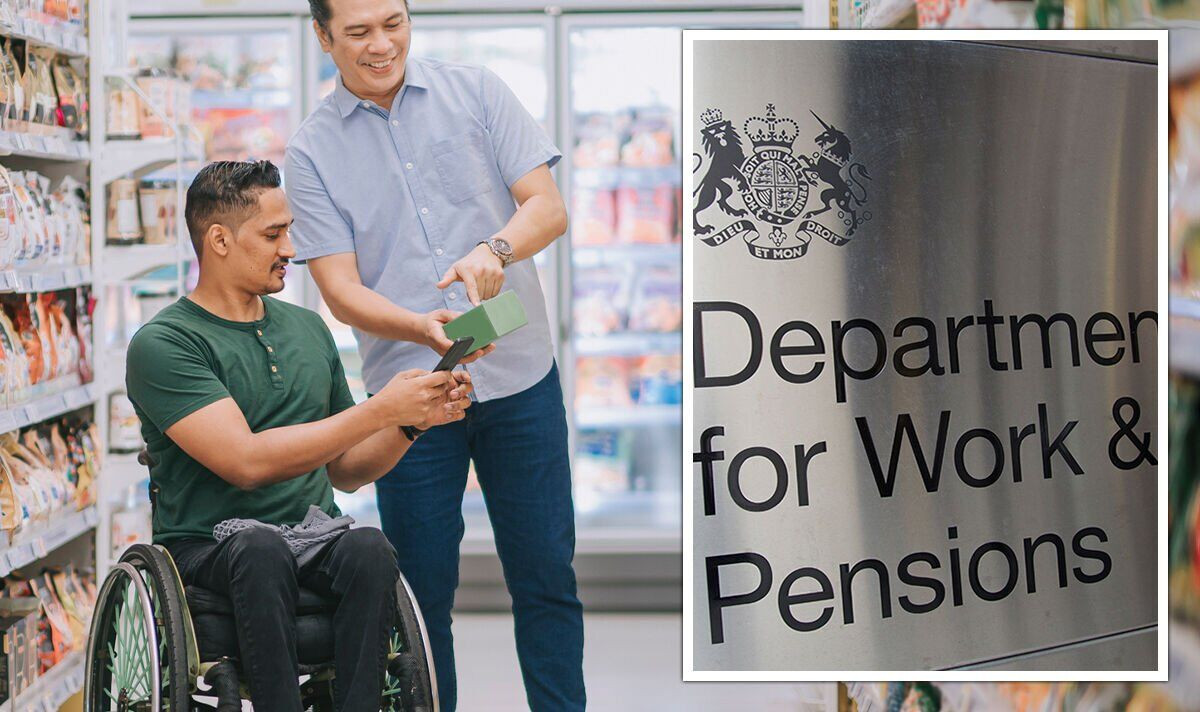Two passenger trains collided in Egypt’s Nile Delta on Saturday, killing at least two people and injuring at least 29 others when two passenger trains collided in the city of Zagazig, the capital of Sharqiya province and a most popular tourist hotspot renowned for Tell Basta archaeological site. The crash, which occurred in the heart of the city, has once again drawn attention to the ongoing issues plaguing Egypt’s aging railway infrastructure.
Zagazig, the capital of Egypt’s Sharqiya province, is known for its rich historical and cultural significance. Located in the Nile Delta, this vibrant city is a blend of traditional Egyptian life and modern growth. Visitors can explore the renowned Tell Basta archaeological site, which holds the ancient ruins of Bubastis, a city dedicated to the cat goddess Bastet. The city also boasts the prestigious Zagazig University and lively local markets, offering a glimpse into everyday Egyptian life. With its proximity to Cairo, Zagazig serves as a convenient cultural stop for travelers exploring the Nile Delta region.
The Egyptian railway authority confirmed the incident in a statement, providing initial details about the location and circumstances of the crash. Egypt’s Health Ministry quickly followed with an update on the casualties, reporting the death of two individuals and at least 29 others injured, some of whom were in critical condition. Emergency services rushed to the scene, where rescue efforts unfolded as authorities began investigating the cause of the collision.
According to reports, the crash occurred in the bustling city of Zagazig, a key transportation hub in the Nile Delta. Video footage from the crash site depicted scenes of chaos and urgency as rescue workers and bystanders worked together to free injured passengers from the wreckage. The footage showed one of the train cars crumpled by the force of the collision, with men climbing through windows to reach those trapped inside.
Authorities quickly dispatched ambulances to transport the injured to nearby hospitals. However, due to the scale of the accident and the number of people involved, the scene remained crowded for hours after the collision as local residents and officials continued their rescue efforts.
Witnesses reported that the collision created a loud noise that reverberated through the city, drawing many people from nearby homes and businesses to the site. Eyewitness accounts describe the harrowing scenes of passengers bleeding and screaming for help, with local residents joining first responders in the rescue efforts.
Train derailments, collisions, and other accidents are unfortunately common in Egypt, a country whose railway system has long struggled with aging infrastructure, poor maintenance, and mismanagement. Egypt’s rail network, one of the oldest in the world, has seen countless incidents over the years, many of them deadly.
The Egyptian government has recognized the critical need to overhaul the railway system, announcing several initiatives in recent years aimed at improving the safety and efficiency of the country’s rail infrastructure. However, progress has been slow, and fatal accidents remain a regular occurrence.
In March 2021, for example, a horrific train crash in Sohag in southern Egypt killed 32 people and injured 165 others when two passenger trains collided. Similar tragedies have unfolded in other parts of the country, raising public outcry and calls for more rapid and effective reforms.
Egyptian President Abdel Fattah el-Sissi has publicly acknowledged the challenges facing the country’s railways and has committed significant financial resources toward addressing them. In 2018, el-Sissi announced that an estimated 250 billion Egyptian pounds (approximately $8.13 billion) would be needed to rehabilitate the country’s deteriorating rail network. This amount was intended to cover critical upgrades, new equipment, and improved safety measures across the national railway system.
Despite these promises, accidents have continued to occur, highlighting the extent of the problems within the system. Many experts attribute the frequency of accidents to the sheer scale of Egypt’s railway network, which has been underfunded for decades. Corruption, inadequate training for railway staff, and outdated technology are also factors that have contributed to the country’s poor rail safety record.
In recent years, the government has partnered with international companies to supply new trains, overhaul stations, and implement modern signaling systems, but these efforts have yet to fully materialize into safer rail travel for the Egyptian population.
While the Egyptian government has taken steps to address the dire state of its rail network, progress has been slower than many had hoped. The collision in Zagazig is a stark reminder of how much work remains to be done in order to ensure the safety of Egypt’s railway passengers.
Efforts to modernize the railway network include the introduction of new safety protocols, better training for staff, and increased investment in technology. However, the pace of these changes has been a point of frustration for the Egyptian public, who have long demanded faster action to prevent further accidents.
In the case of Saturday’s crash, an investigation has already been launched by the Egyptian railway authority to determine the exact cause of the collision. Early reports suggest that human error or a mechanical failure may have been involved, but a full investigation is needed to confirm these findings.
The Zagazig collision is not an isolated incident. Just a month prior, in August, another train accident occurred in Egypt’s Mediterranean province of Alexandria, where a passenger train collided with a truck that was attempting to cross the tracks. Two people lost their lives in that accident, which also brought renewed scrutiny to the safety conditions of Egypt’s railway network.
In 2018, one of the deadliest train crashes in recent memory occurred at Cairo’s Ramses Station, where a train crashed into a platform, igniting a fire that killed 25 people and injured dozens more. The incident led to widespread criticism of the government’s handling of railway safety.
The Egyptian public has repeatedly called for accountability and swifter action from authorities to prevent further tragedies. Each new accident underscores the need for significant and sustained improvements to the country’s rail system, from infrastructure upgrades to better enforcement of safety regulations.
The tragic train collision in Zagazig, which claimed two lives and injured 29 others, is another painful reminder of Egypt’s ongoing struggle with railway safety. As authorities continue to investigate the cause of the accident, many Egyptians hope that this latest tragedy will spur further efforts to modernize and secure the nation’s railways, ensuring the safety of passengers in the future.




